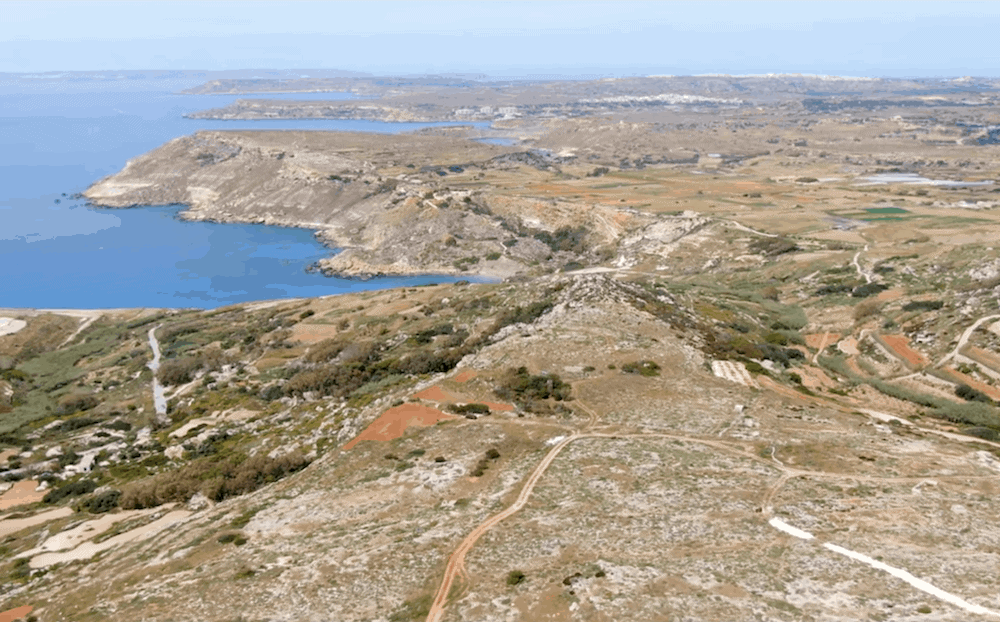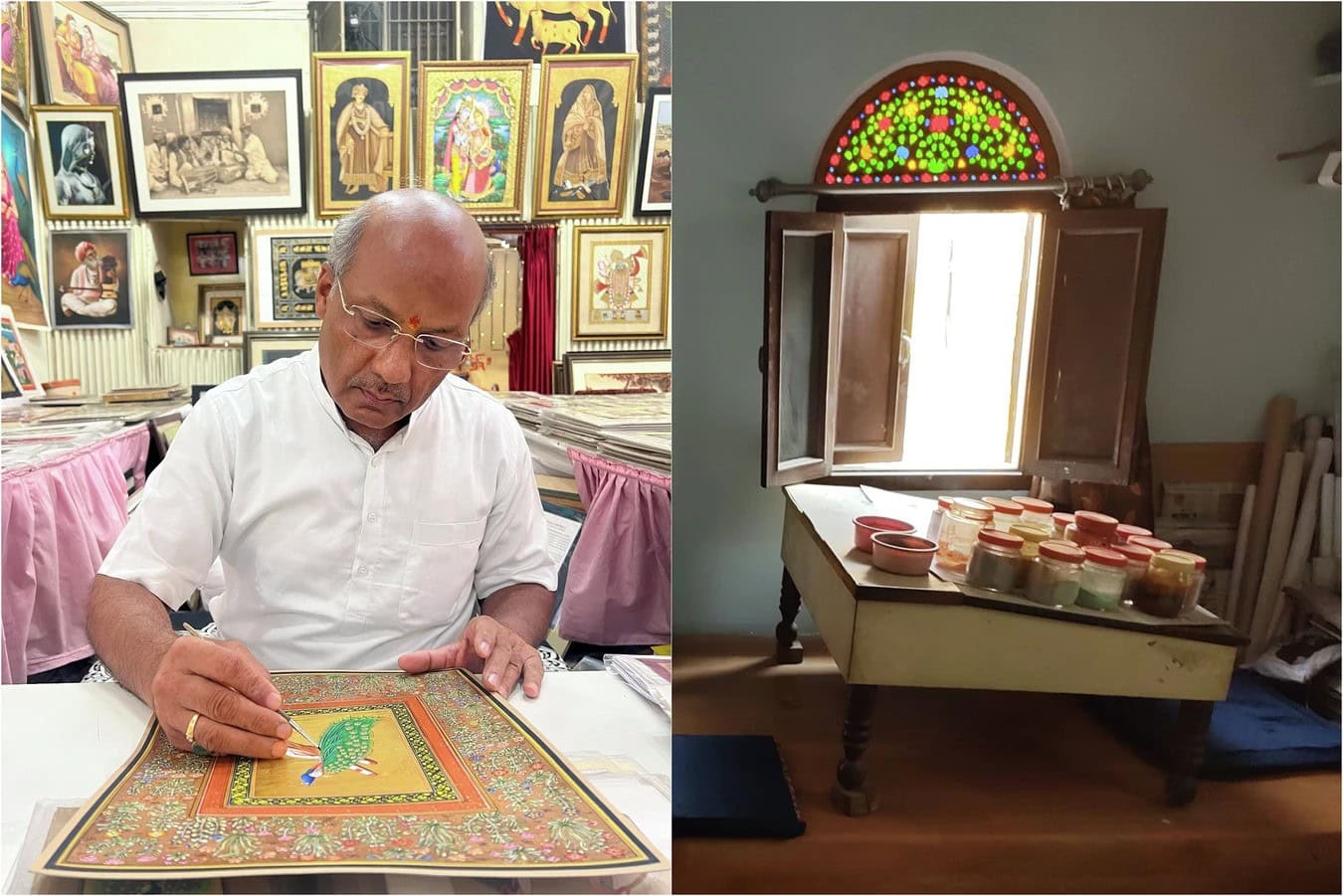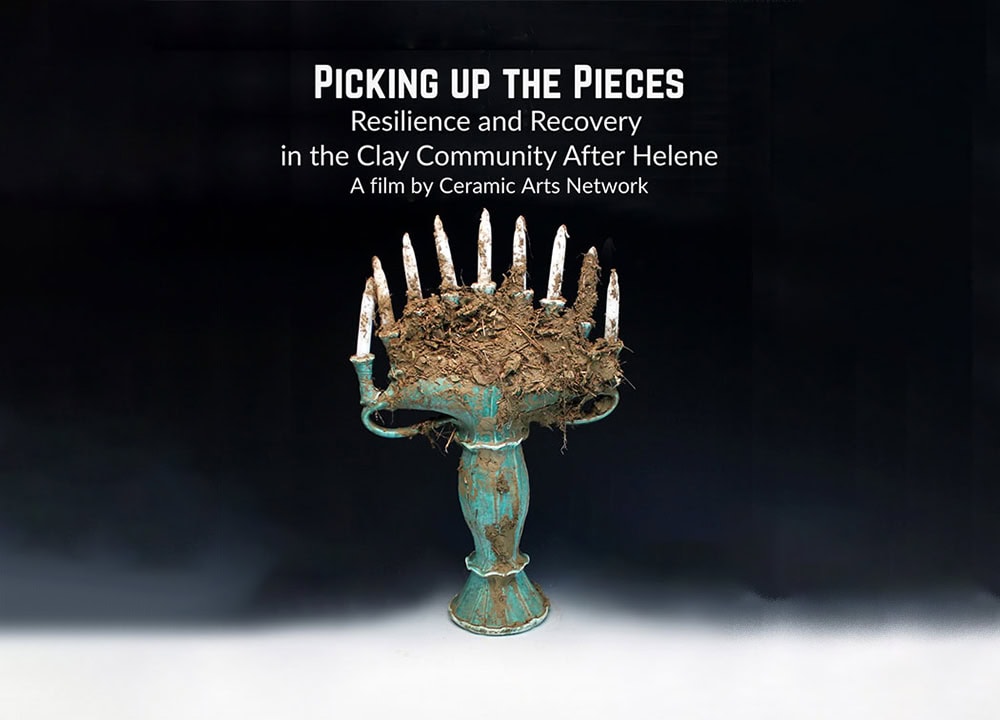
[Image above] An aerial view of the rural village Baħrija in Rabat, Malta. This area is known for artifacts from possibly the first Maltese proto-urban society. Credit: Wallaby 46, YouTube
I am frequently amazed by how much information archeologists can draw from historical artifacts and fossils to develop theories about the lives of our ancient ancestors. For example, just yesterday researchers announced how consumption of dairy may have helped enable expansion of prehistoric people across the Eurasian steppe during the Bronze Age, a hypothesis they developed by examining human dental plaque.
Many of these detailed theories are thanks to the advancement of microscopy and spectroscopy techniques in recent decades, which allow archeologists to conduct material analyses of artifacts that previously were not possible. In particular, the field of proteomics is gaining a rapid following among archeologists.
Proteomics is the large-scale quantitative study of proteins, or the nitrogenous organic compounds that are responsible for many critical bodily processes, for example, cellular biochemical reactions and structural support. By studying proteins, archeologists can draw conclusions about the evolutionary development and diversification of extinct species as well as investigate past human diets and ancient diseases.
Researchers analyze protein structure, function, and interactions using techniques from the fields of molecular biology, biochemistry, and genetics. This information can be used to create a detailed map of the proteome, i.e., the entire complement of proteins that is or can be expressed by a cell, tissue, or organism.
Mass spectrometry is at the heart of many proteomics studies. Mass spectrometry detects the presence and abundance of peptides and other biomolecules in the proteome by measuring the mass-to-charge ratio of ions.
Archeologists have used mass spectrometry to successfully identify ancient proteins in bones and other tissues. However, there are relatively few examples of successful recovery and identification of archeological protein residues from ceramic artifacts “[mostly] because ceramics contain a much lower amount of proteinaceous material,” researchers write in a recent open-access paper.
The researchers come from the University of Catania in Italy, plus colleagues from the Institute of Radical Chemistry in France and the University of South Florida in the United States. They explain that in addition to containing less protein, ceramic artifacts also routinely face contamination from reuse and chemical degradation during burial and storage, which extremely complicates proteomic analysis.
Nevertheless, researchers continue “to improve experimental and bioinformatic strategies for characterizing protein degradation and contamination, as well as for protein validation and authentication,” the researchers write. They continue these efforts by characterizing protein extracted from prehistoric pottery of the Maltese Bronze/Iron Age site of il-Qlejgħa tal-Baħrija.
Il-Qlejgħa tal-Baħrija is an Upper Coralline Limestone plateau on the west coast of Malta, an archipelago in the central Mediterranean. Prehistoric humans established a settlement on the Qlejgħa tal-Baħrija hilltop because it was flanked on the east by some of the most fertile lands in the area, plus the strategic advantage and the natural defense of the high ground.
The first archeological exploration of il-Qlejgħa tal-Baħrija was carried out by T.E. Peet in June 1909, with further excavations conducted by D.H. Trump in 1959. After 1959, no further excavations were carried out, but the publication of an overall reappraisal of the legacy excavation data in 2020 showed evidence of a first Maltese proto-urban society “able to establish new connections with Sicilian and Aegean communities,” the researchers explain.

Contour map of the il-Qlejgħa tal-Baħrija site on the west coast of Malta. Credit:Tanasi et al., Amino Acids (CC BY 4.0)

General site plan of il-Qlejgħa tal-Baħrija showing all the known archeological features. Credit: Tanasi et al., Amino Acids (CC BY 4.0)
For their study, the researchers focused on determining whether there was a practice of cereal storage at the site because “in the contemporaneous Sicilian society [cereal storage] was an indication of advanced food redistribution policies,” they write. They did so by performing proteomic analysis on three tableware and six coarse ware samples from the original 1909 Peet excavation.
Proteomic analysis involved
- Removing 0.1–0.5 grams from each sample and grinding it into a powder.
- Dividing the powder from each sample into two parts and then processing it in either acidic conditions (pH = 2) or alkaline reducing conditions (pH = 8.5).
- Desalting and purifying the protein extracts from the nonprotein contaminants using a commercial kit.
- Dissolving the obtained pellets in ammonium bicarbonate and DTT to reduce the proteins.
- Alkylating the samples and then digesting them using porcine trypsin to create peptide mixture solutions, which were dried under vacuum.
- Analyzing the peptide mixture solutions using shotgun proteomic analysis, which is a combination of high-performance liquid chromatography and mass spectrometry.
The researchers characterized hundreds of peptides from the proteomic data. Most were from keratins and human skin-derived proteins, but many food proteins were recognized as well.
To discriminate the food-derived proteins from the human proteins, “which probably represent contaminant components related to the post-excavation history of the samples,” the researchers evaluated two aspects of the data that may be related to diagenetic effects in ancient samples: peptides deriving from nonenzymatic cleavages, and the deamidation level of asparagine and glutamine residues.
Based on their analysis, the researchers conclude that the data indicates these food-derived proteins can be considered authentic components of the samples—and therefore an important contribution to reconstructing the foodways and dietary habits of the ancient Il-Qlejgħa tal-Baħrija community.
“In conclusion, it is important to note that as a young discipline, paleoproteomics, especially when applied to ancient ceramics, still needs to be developed in terms of efficiency of protocols and appropriate databases applied. Further studies about the [protein post-translational modifications] characterization, amino acid composition, chemical, and physical properties of the identified peptides will give us interesting information about what determines the characteristics and stability of proteins during the time,” they write.
The open-access paper, published in Amino Acids, is “Paleoproteomic profiling of organic residues on prehistoric pottery from Malta” (DOI: 10.1007/s00726-021-02946-4).
Author
Lisa McDonald
CTT Categories
- Art & Archaeology
Related Posts
Lithophanes: Dedicated museum sheds light on these porcelain artworks
November 13, 2025


